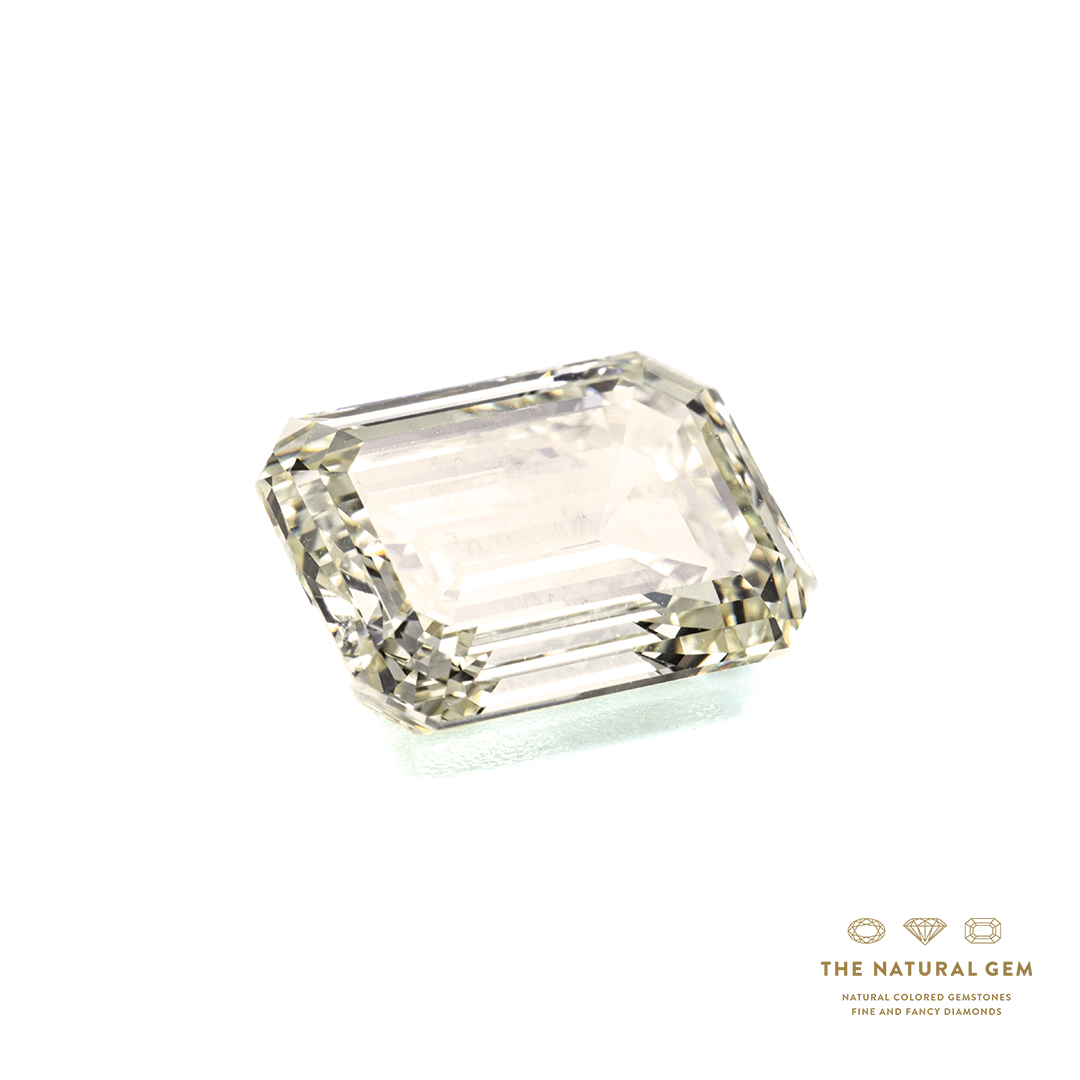Knowledge
30.04.2025 The Top 10 Investment Gemstones
Which gemstones are the best investments? Regardless of trends, there are a few minerals that can be expected to steadily increase in price over several years. These include the most popular coloured gemstones – ruby, sapphire and emerald – which are familiar to the layman, as well as stones such as alexandrite and tanzanite.

Basic information on gemstones as an investment
In several other articles, we describe in detail what is important to consider when investing in gemstones, give an overview of why gemstones are a good investment, and how to build a gemstone portfolio.
The most important information: As an investment, almost all gemstones are suitable only as untreated, natural-colored cut stones. In addition to beauty, rarity, cut, etc., the reputation of a mineral is also important when considering it as an investment. Colored gemstones are interesting as an investment from a weight of one carat (1 ct. = 0.2 g.), diamonds from 0.5 ct. Investment gems require an internationally recognized certificate from a gemological institute. As a rule of thumb, 10 to 20% of liquid assets should be invested in gemstones, and a long investment horizon of five or more years should be considered.

Why diamonds are not a good investment
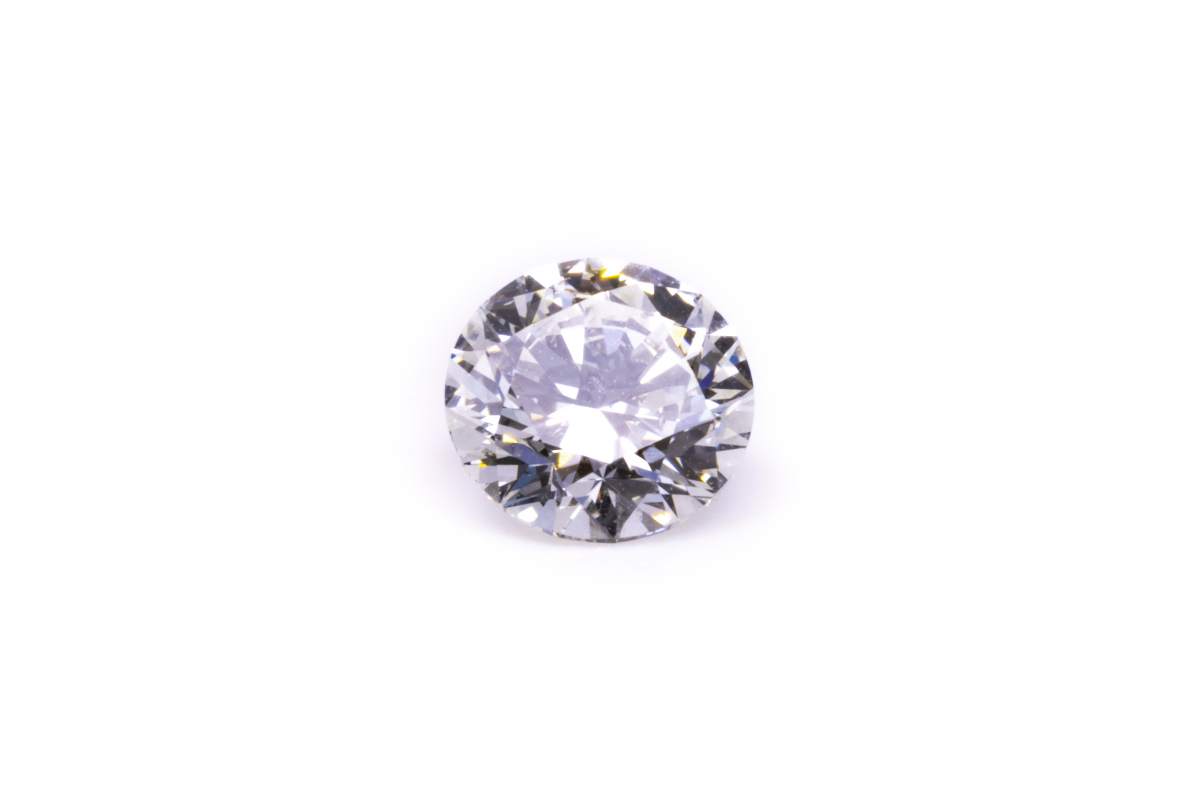
Diamonds are the most popular and recognizable gemstone, so you would expect them to be at the top of any list of the top 10 investment gems. However, in recent years, economic crises have been shown to cause diamonds to lose value – for example, during and after the 2008 financial crisis and also during the COVID-19 crisis. However, diamonds are a good investment if the investment horizon is longer than 20 years.

The three best gemstones to invest in
As expected, the top three are ruby, sapphire and emerald. It is difficult to rank these three. Your own individual preferences and your existing portfolio must be taken into account in order to choose the right investment gemstones for you.
1. Ruby
Rubies are the hardest mineral in the world after diamonds, but are much rarer than diamonds. It is the red variety of corundum and the most sought after rubies are “pigeon blood” red. As an investment they are interesting from a weight of 1 ct. upwards. Clear red stones of 5 carats and more are absolute rarities. Prices are expected to increase by an average of 5-8% per year.
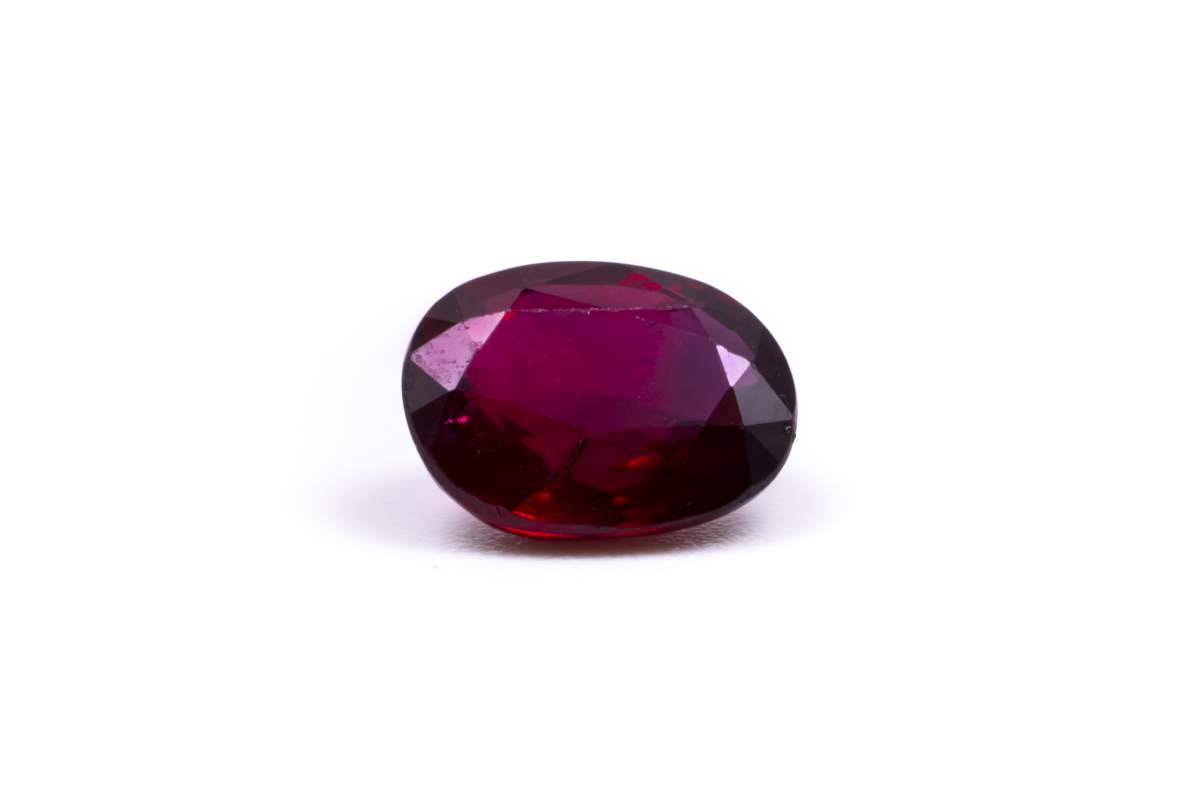
2. Sapphire
Sapphires come in many different colors, the best known being blue sapphires. Deep blue sapphires have the highest commercial value and most come from the Kashmir region of India. Another sought-after variety is the Padparadscha sapphire, which has the orange-pink color of lotus blossoms caused by traces of iron and chromium in the mineral. As with rubies, stones of 1 carat or more are attractive as investments, but the current popularity of color variety also has a strong effect on price.

3. Emerald
Emerald is the green variety of beryl. Deep green, clear specimens are especially desirable. A special cut has been developed for emeralds: the so-called emerald cut looks like a rectangle with beveled corners when viewed from above. Again, clear stones with beautiful color saturation weighing 1 carat or more should be considered for an investment portfolio.
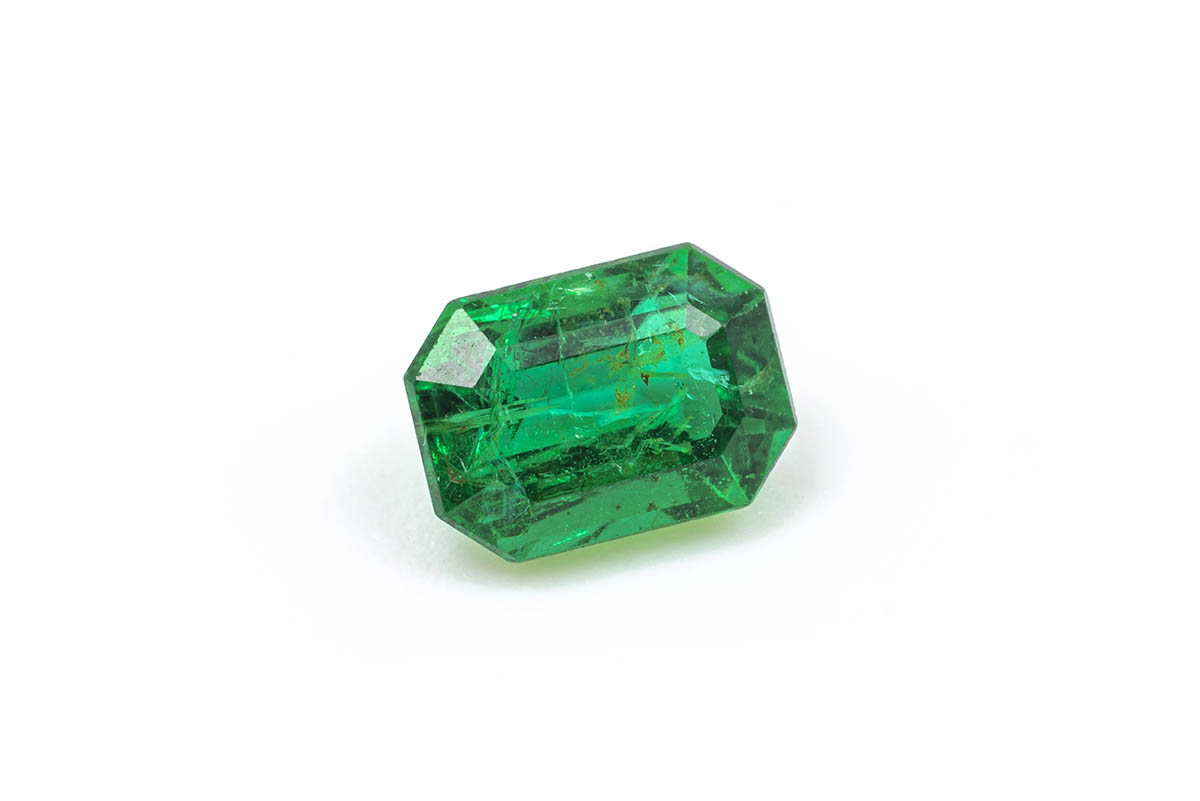

Top investment stones from tourmaline to colored diamonds
This list is not an explicit ranking: All of these other gemstones can be expected to appreciate steadily over several years. For valuation, selection and purchase, it is imperative that you consult an expert, as these are very rare stones and some of them are still little known to the general market.
4.Tourmaline
Tourmalines come in all the colors of the rainbow. The name “Paraiba Tourmaline” was originally coined for all intense turquoise-blue gemstones from mines in the state of Paraiba, Brazil. Today, Tourmalines from Mozambique and Nigeria are also called “Paraiba” in gemological certificates if they meet the turquoise or blue color and copper and manganese concentrations. From an investor’s point of view, Tourmalines are particularly interesting if they have strong colors, are eye-clean and are 5 carats or larger in size. Paraiba Tourmaline is suitable for sizes as small as 1 carat.
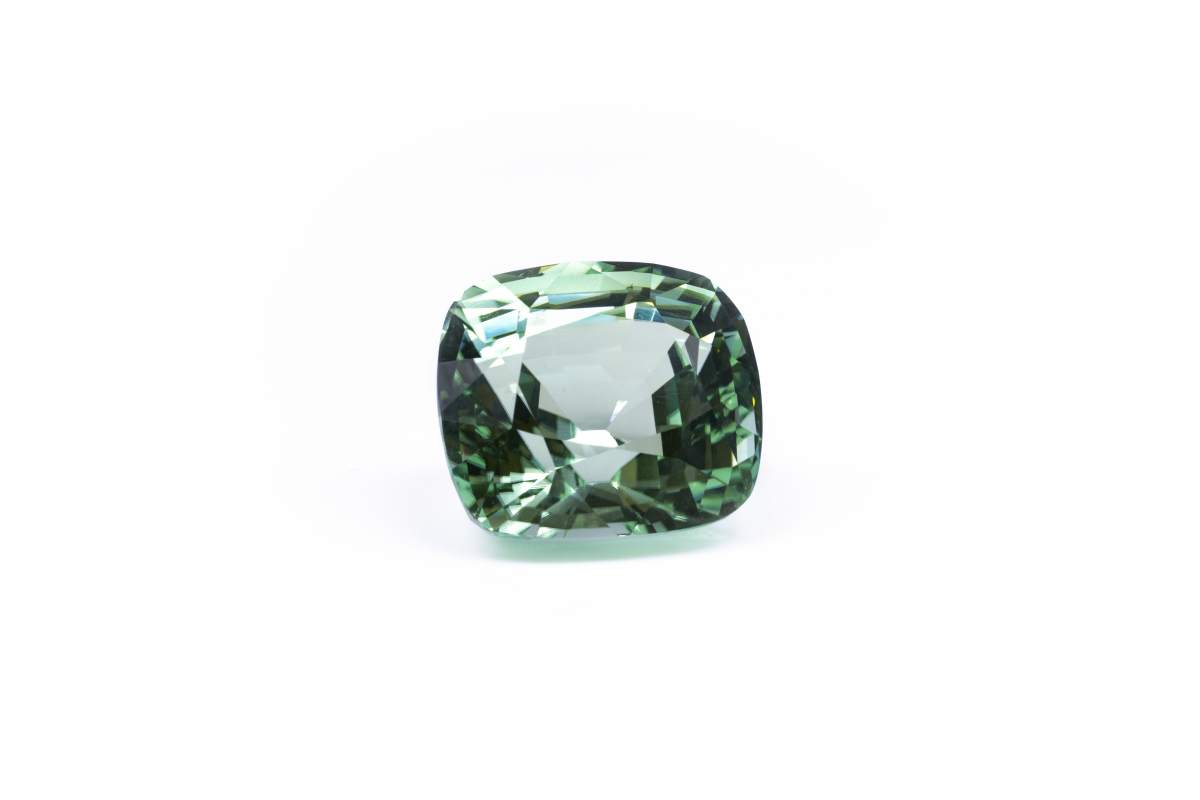
5. Aquamarine
The name Aquamarine comes from Latin – “aqua marina” means “sea water”. Aquamarine is the blue variety of beryl – emerald is the green variety. “Santa Maria Aquamarines”, named after the mine of the same name, are deep blue and of particularly high quality. There is also the name “Santa Maria Africana” for stones from a mine in Mozambique, which are very similar to the Brazilian ones. The intense blue that is also sought after in gemstones is very rare in naturally occurring stones and is often produced for trade by firing the gemstones.
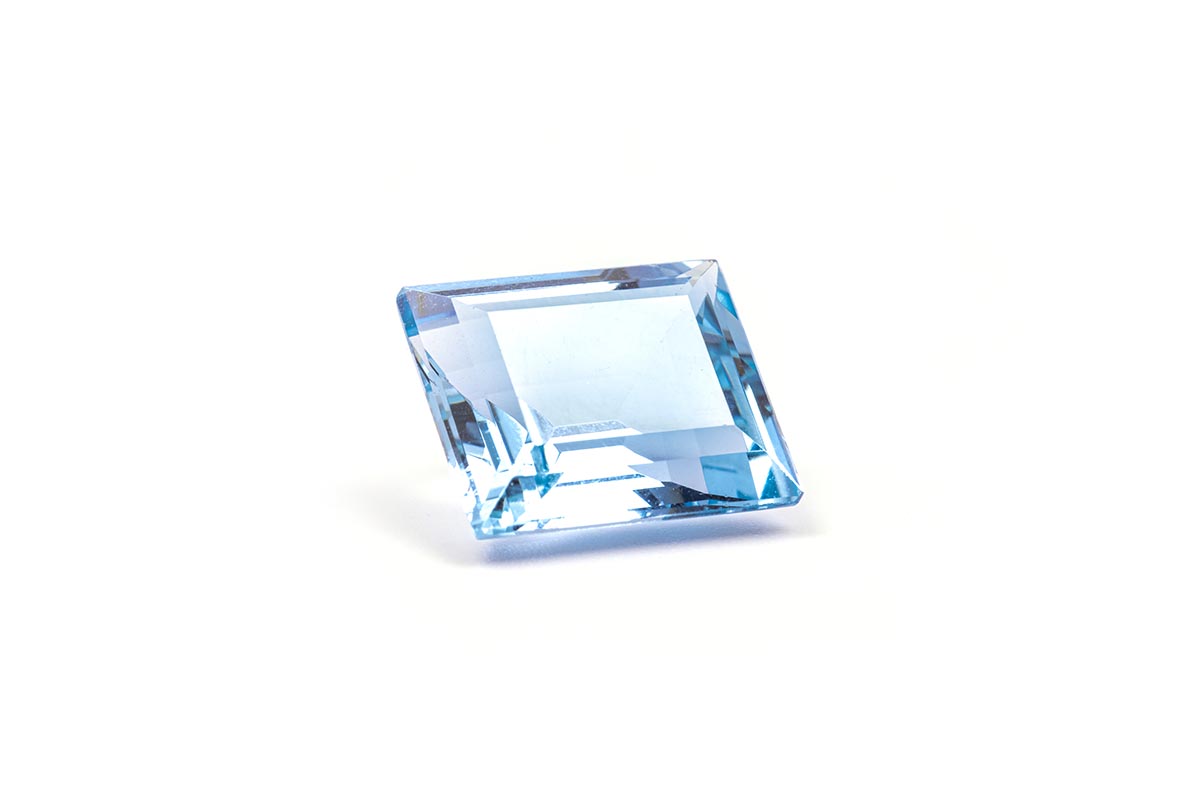
6. Alexandrite
Alexandrite was discovered in the 19th century and named after Tsar Alexander II. This mineral is a variety of Chrysoberyl and is the third hardest mineral in the world with a Mohs hardness of 8.5. A special feature of alexandrite is its ability to change color from red to blue depending on the quality of light. For investors, gems of 1 ct. or more are interesting.
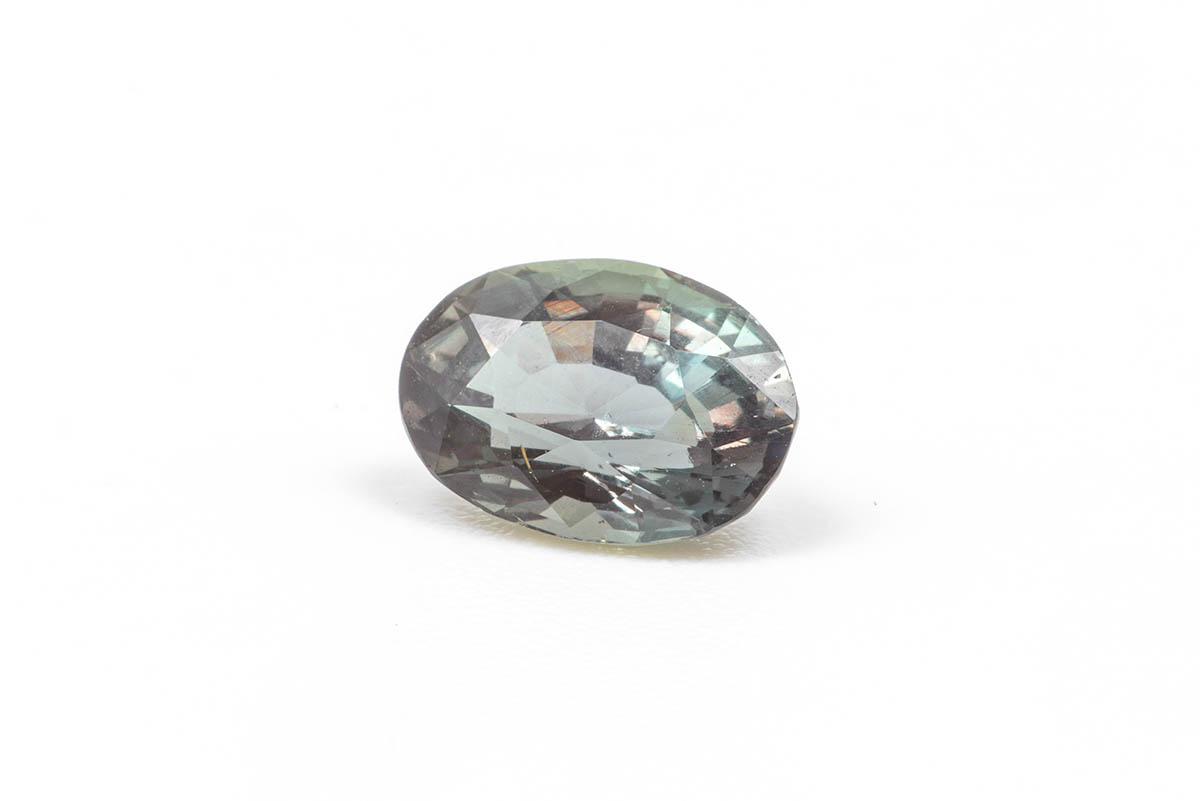
7. Tanzanites
Tanzanites are mined in Tanzania in an area of only a few square kilometers. They are deep blue stones, and almost all stones available on the market have been fired to remove the brown and purple tones. Export of the stones – especially larger stones over 5 carats – is still heavily restricted, making them very popular with investors. Tanzanite is one of the few gemstones where heating does not result in a lower price.
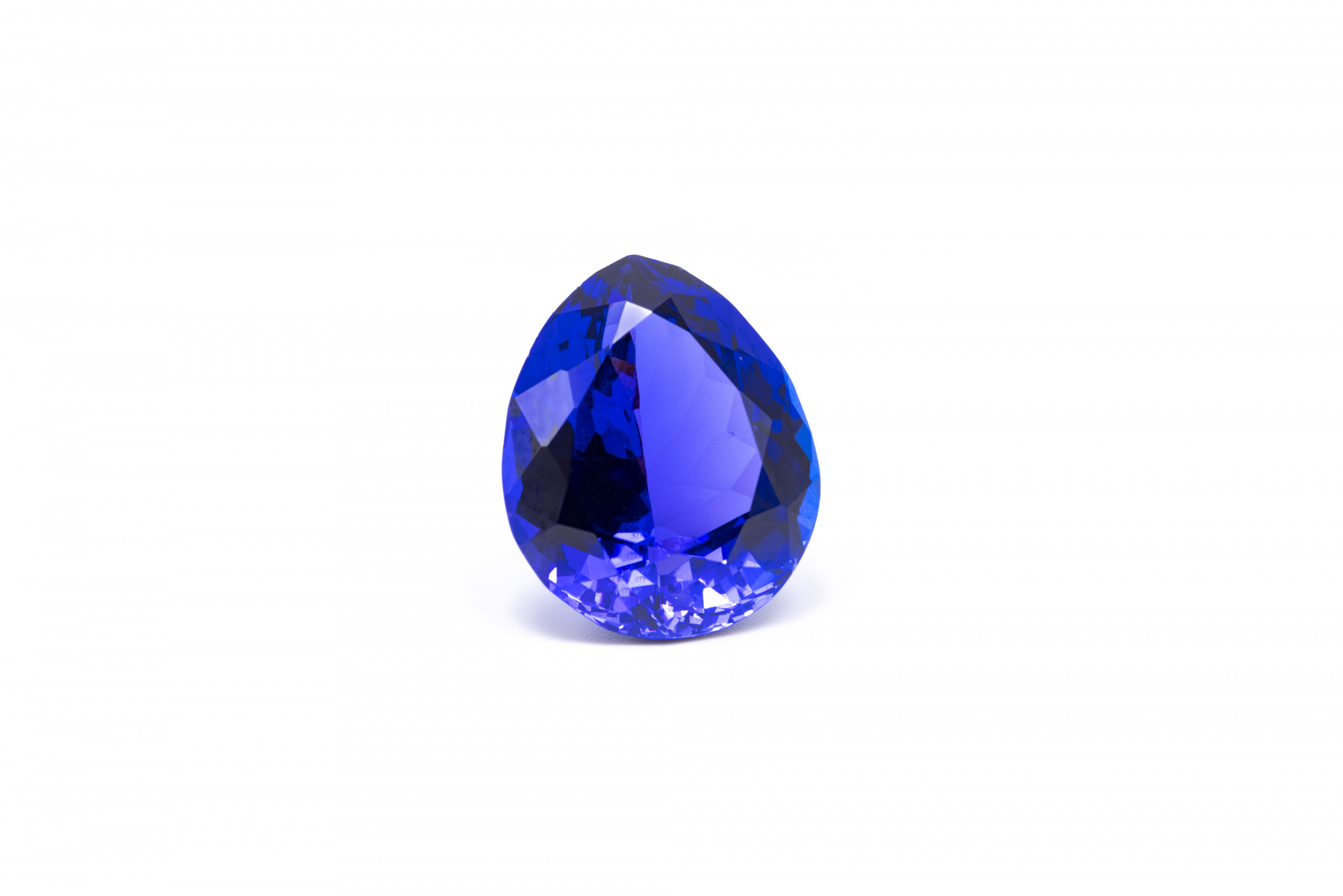
8. Spinel
Since mineralogy has only been able to distinguish red spinel from ruby since the early 1800s, red spinel has only been recognized as an interesting gemstone since then. On the world market, bright red, clear stones are most in demand; pink stones are now also very popular. Red spinels are still cheaper than rubies, but they have a strong potential to increase in price because especially high quality stones weighing more than 10 ct are very rare.
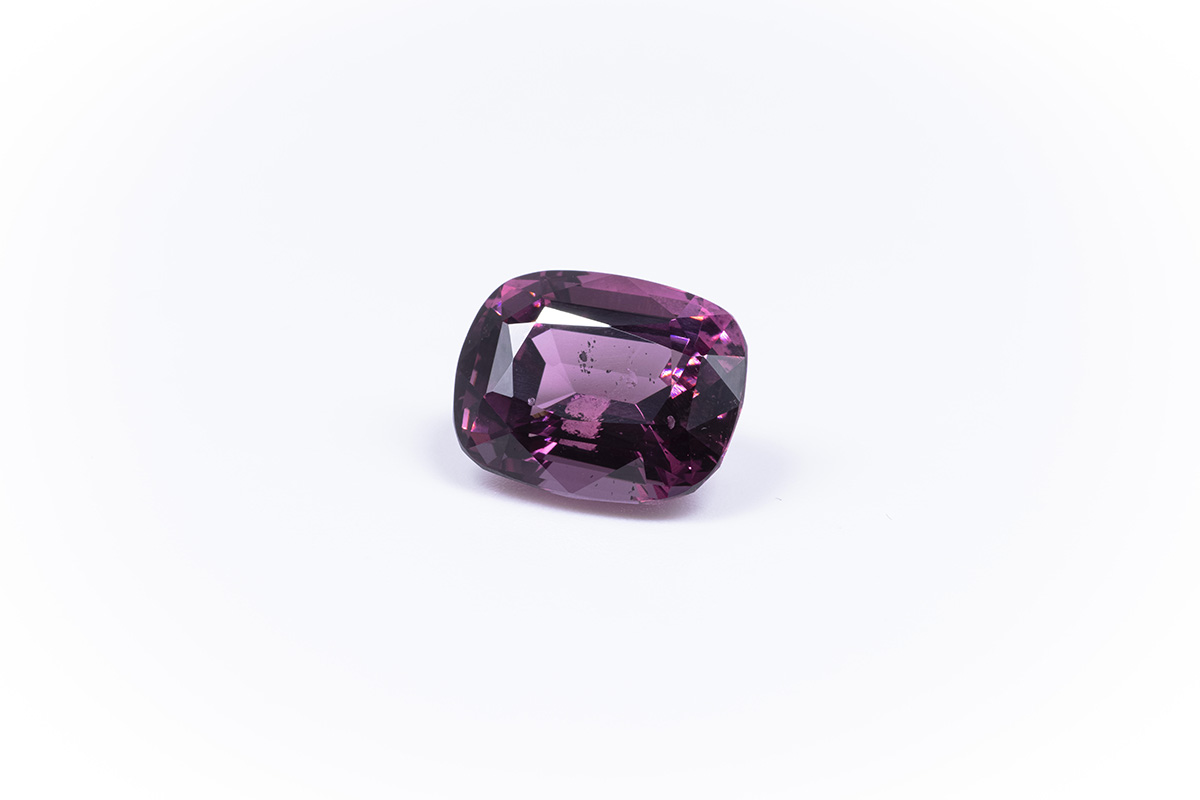
9. Peridot
Peridot is a particularly pure variety of olivine. It occurs only in green, from light green to olive and dark green. Unlike other gemstones, peridot is not subjected to treatments such as irradiation or burning, and the green color is always natural. Compared to other green gemstones such as emeralds, peridot is still relatively inexpensive, but prices for high quality stones have been rising in recent years.
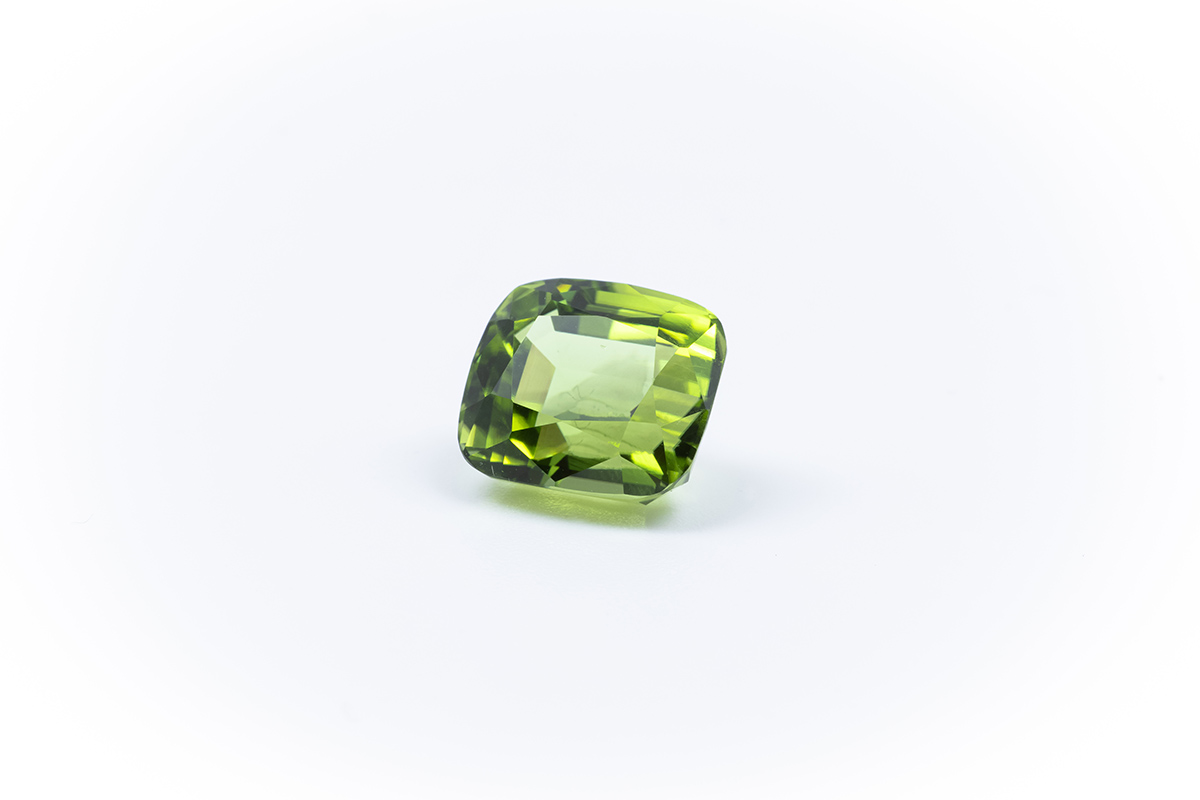
10. Colored “fancy” diamonds
The fact that diamonds come in different colors is often unknown to the layman. But at auctions, colored diamonds, also called fancy diamonds, are regularly among the most expensive stones. Pink, orange and blue diamonds fetch record prices in the millions – the most expensive gemstone ever sold is also a pink diamond, the so-called “Pink Star” (which changed hands for $71.2 billion in 2017). Colored diamonds are therefore an interesting investment from a size of 0.5 ct.
